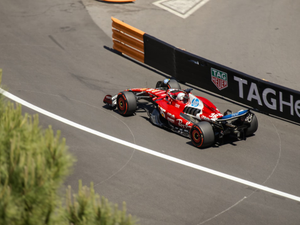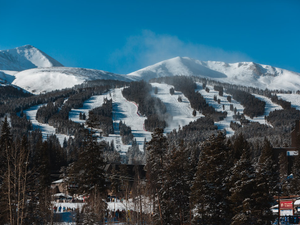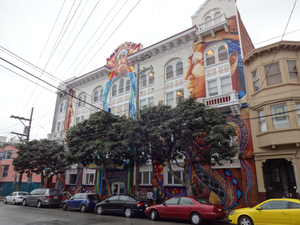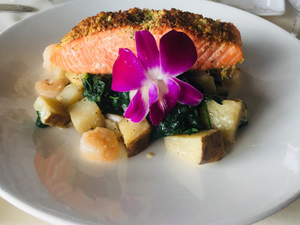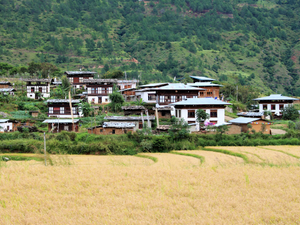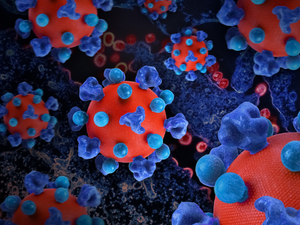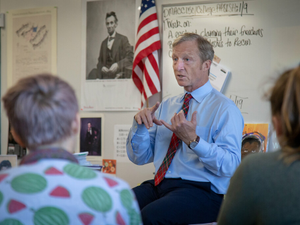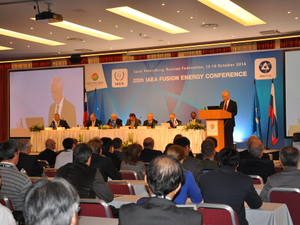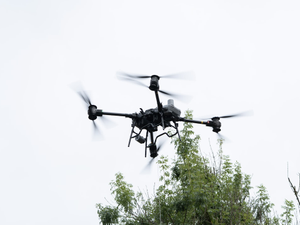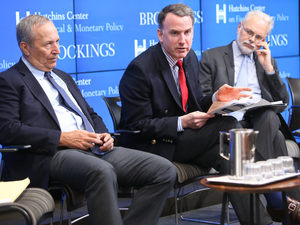Wine Revolution: UC Davis Students Finally Get to Share Their Craft Wines
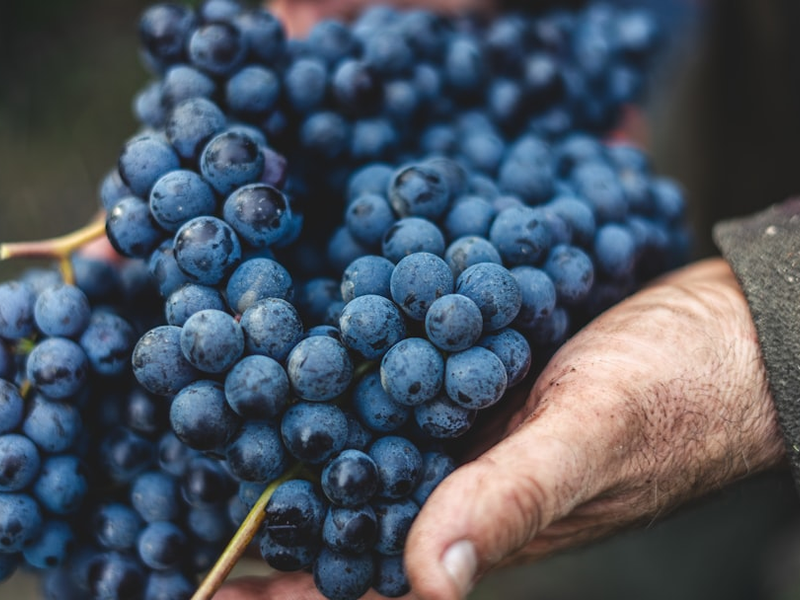
Photo by Andrea Cairone on Unsplash
Imagine pouring a glass of wine that was not just made, but meticulously crafted by students passionate about viticulture. At UC Davis, this dream has become a reality after decades of bureaucratic barriers.
For 145 years, the university’s viticulture and enology program produced wines that never saw the light of day, with thousands of gallons literally going down the drain. But a 2020 state law signed by Governor Gavin Newsom changed everything, allowing UC Davis to sell student-produced wines through a nonprofit called Hilgard631.
This quarter, students in a post-fermentation production course took complete control of their wine journey - from blending and bottling to designing labels and branding. The result? A series of six unique red and white wines that showcase the talent and creativity of emerging winemakers.
Each bottle represents more than just a beverage; it’s a testament to the students’ hard work and dedication. Graduate student Megan Hill emphasized the rare opportunity students have to make critical winemaking decisions typically reserved for industry veterans.
The wines will be available for purchase at the Teaching and Research Winery, with prices ranging from $30 to $40 per bottle. Notably, all proceeds will fund scholarships, creating a sustainable cycle of support for future winemakers.
For students like Michael Acierno, this moment feels “monumental”. The ability to share their creations with family and friends transforms their academic experience into a tangible, shareable achievement.
Leticia Chacón-Rodriguez, the program’s lead winemaker, highlighted the social significance of this milestone. “They’re so proud to be able to say, ‘I made this,’” she explained, underscoring the emotional connection students have with their craft.
This breakthrough isn’t just about wine; it’s about recognizing student talent, breaking institutional barriers, and celebrating the innovative spirit of young professionals in the agricultural sciences.
AUTHOR: pw
SOURCE: The Mercury News







